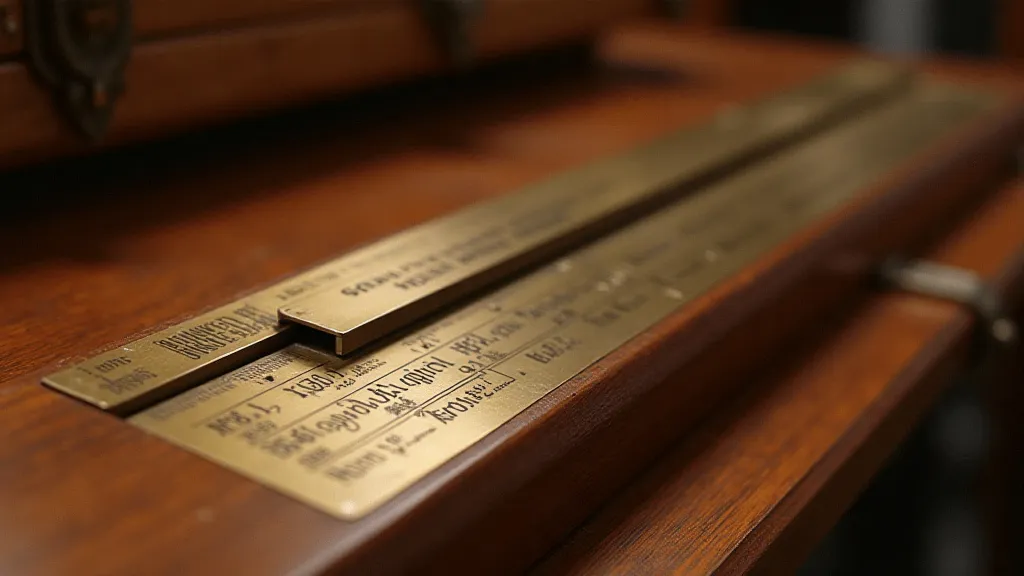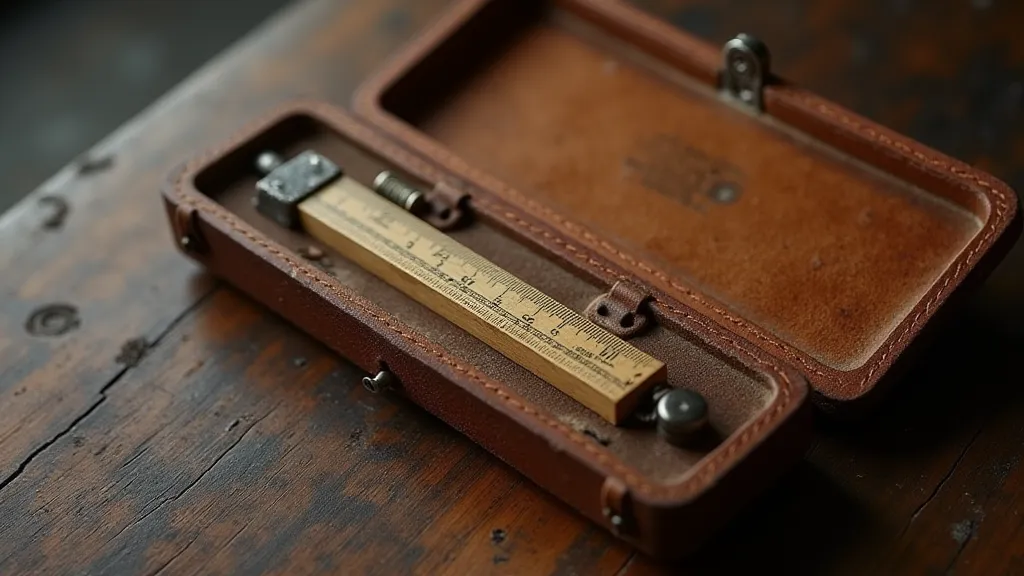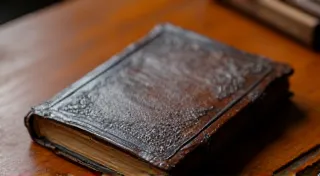The Alchemist's Measure: Beyond Calculation, Discovering Hidden Intricacies in Slide Rule Scales
There's a certain romance to old tools. A feeling of connection to the hands that shaped them, the minds that conceived them, and the problems they solved. For those drawn to the quiet elegance of slide rules, that feeling is particularly potent. More than just calculators, they are beautifully crafted artifacts, tangible links to a time when ingenuity and mechanical precision reigned supreme. And it’s in the scales themselves – the seemingly simple markings that stretch across their surfaces – that the true magic of the slide rule lies, a depth often missed by those who see only the numbers.
My own fascination began unexpectedly. As a child, I stumbled upon a box of my grandfather's belongings after he passed. Among the dusty medals and faded photographs was a Pickett Model 2. It wasn't the calculating function that captivated me; it was the wood. The rich, warm grain of the mahogany seemed to vibrate with history. Running my fingers over the delicate brass scales, I felt a peculiar reverence, a sense of holding something truly special.

A Language of Increments: Understanding the Scales
Most people understand that a slide rule performs multiplication and division by manually aligning scales. But the true elegance lies in the diverse range of scales that can be, and often were, incorporated. The most fundamental is, of course, the C scale (for common), repeated on the slide and the body. This allows for straightforward multiplication and division. But the addition of D, CI, and K scales opens a world of possibilities: squares, cubes, square roots, and even trigonometric functions. Each scale isn't merely a linear progression of numbers; it’s a carefully constructed relationship, a visual embodiment of mathematical principles.
Consider the CI scale. It's a compact representation of the reciprocal function – a cornerstone of engineering calculations. The deliberate placement of each marking isn’t random; it’s the result of meticulous calculation and precise execution. The spacing isn't uniform. The distances between the markings change depending on the mathematical function represented. This subtle variation is the key to unlocking the scale’s power. Learning to interpret these visual cues is a skill, a form of visual literacy that few modern calculators demand.
The Craftsmen’s Mark: Recognizing Quality & Manufacturers
Slide rules weren't mass-produced in the way we think of today's electronics. They were crafted, often by skilled machinists and woodworkers. Recognizing the manufacturer and assessing the quality of construction is a significant part of slide rule collecting. Pickett was, and remains, the gold standard. Their instruments are renowned for their accuracy, durability, and beautiful design. Other significant manufacturers include Keuffel & Esser (K&E), Faber, and Regress. Each manufacturer had their signature style, identifiable by font, scale layout, and overall construction.
Early K&E rules, for example, often feature distinctive fonts and a more utilitarian aesthetic compared to the more ornate Pickett designs. Faber rules, primarily from Europe, often incorporated unique scale configurations and were known for their robust construction. Regress, a German company, specialized in simplified, often plastic, slide rules geared towards education. Identifying these nuances isn’t just about knowing the name on the rule; it’s about understanding the company’s philosophy and the intended user.
The wood itself is a critical indicator of quality. Mahogany was the preferred choice for its stability and beauty, but other woods, like walnut and birch, were also used. The finish – often shellac or varnish – should be even and free of imperfections. Cracks and chips, while common in older rules, can detract from their value and structural integrity.
Beyond Functionality: The Aesthetic Appeal and Stories They Hold
For a collector, the slide rule is more than just a calculating device; it’s a piece of history, a work of art, a conversation starter. The engravings, the subtle imperfections, the wear patterns – all tell a story. A heavily used rule, with its worn edges and faint pencil markings, speaks volumes about the problems it helped solve and the people who relied upon it. A pristine, unused rule, carefully preserved in its original packaging, offers a glimpse into a bygone era.

I’m particularly drawn to the rules that bear witness to someone’s personal journey – the notations scribbled in the margins, the dates etched into the body, the faint traces of a fingerprint. These are the details that transform a simple object into a cherished artifact. My grandfather's Pickett Model 2 wasn't just a tool; it was a tangible link to his life, his work, and his legacy.
Restoration and Preservation: Honoring the Past
Restoring a slide rule is a delicate undertaking. The goal isn’t to make it look brand new, but to stabilize its condition and preserve its character. Cleaning should be done gently, using appropriate solvents and brushes. Stripped finishes should be carefully reapplied, matching the original as closely as possible. Broken or missing components, while difficult to replace, can sometimes be repaired or fabricated by skilled craftsmen.
The key is to respect the age and history of the instrument. Harsh chemicals and aggressive cleaning methods can damage the wood and scales, diminishing its value and authenticity. Often, the best approach is simply to stabilize the existing condition, protecting it from further deterioration. Regular oiling of the wood can prevent it from drying out and cracking.
A Continuing Legacy
The slide rule may have been superseded by digital calculators and computers, but its legacy lives on. It represents a time of ingenuity, craftsmanship, and a deep appreciation for the power of mathematics. Collecting slide rules isn’t just about acquiring vintage tools; it’s about preserving a piece of history and connecting with the minds that shaped our world. It’s about appreciating the beauty of mechanical precision and the enduring appeal of the alchemist’s measure.






